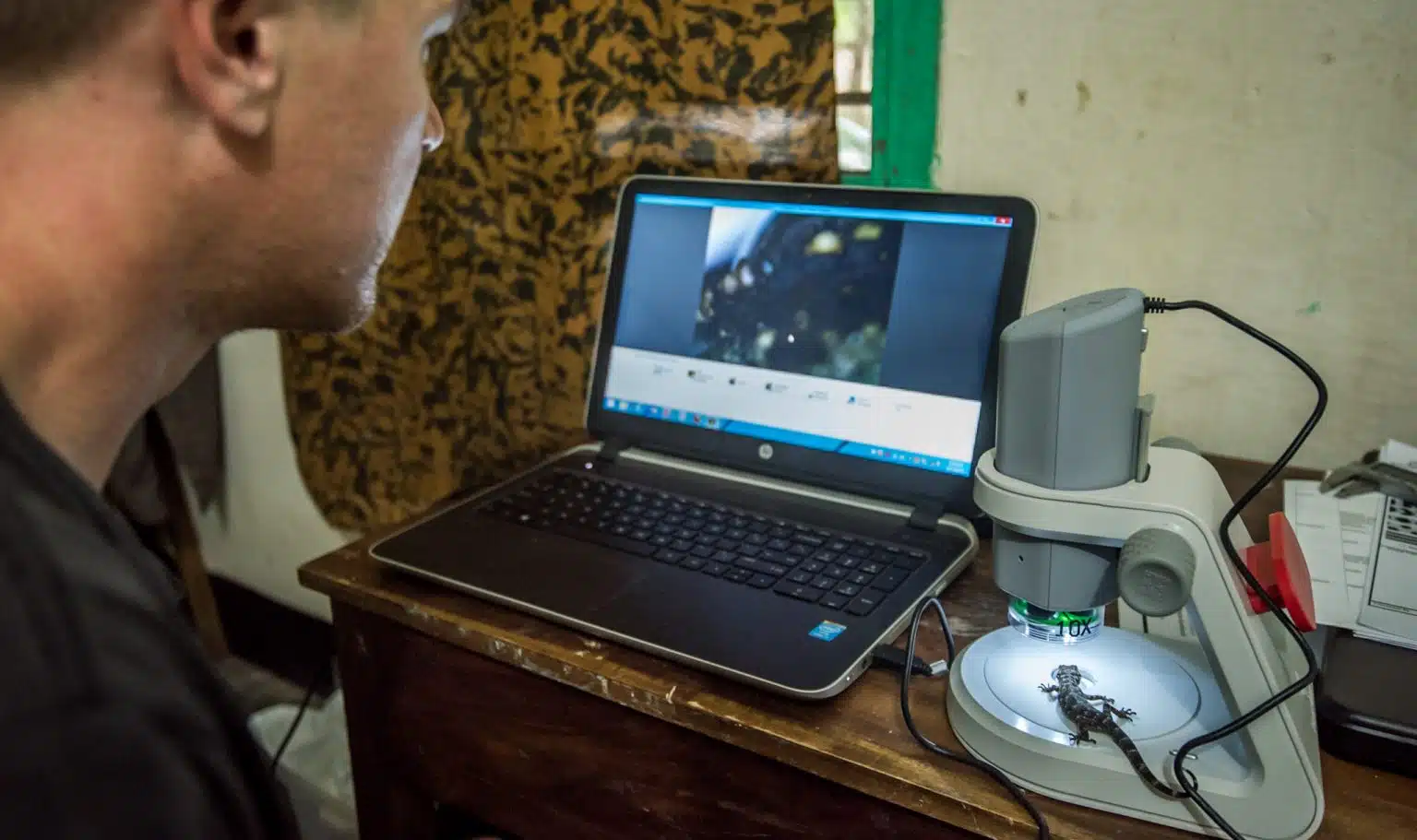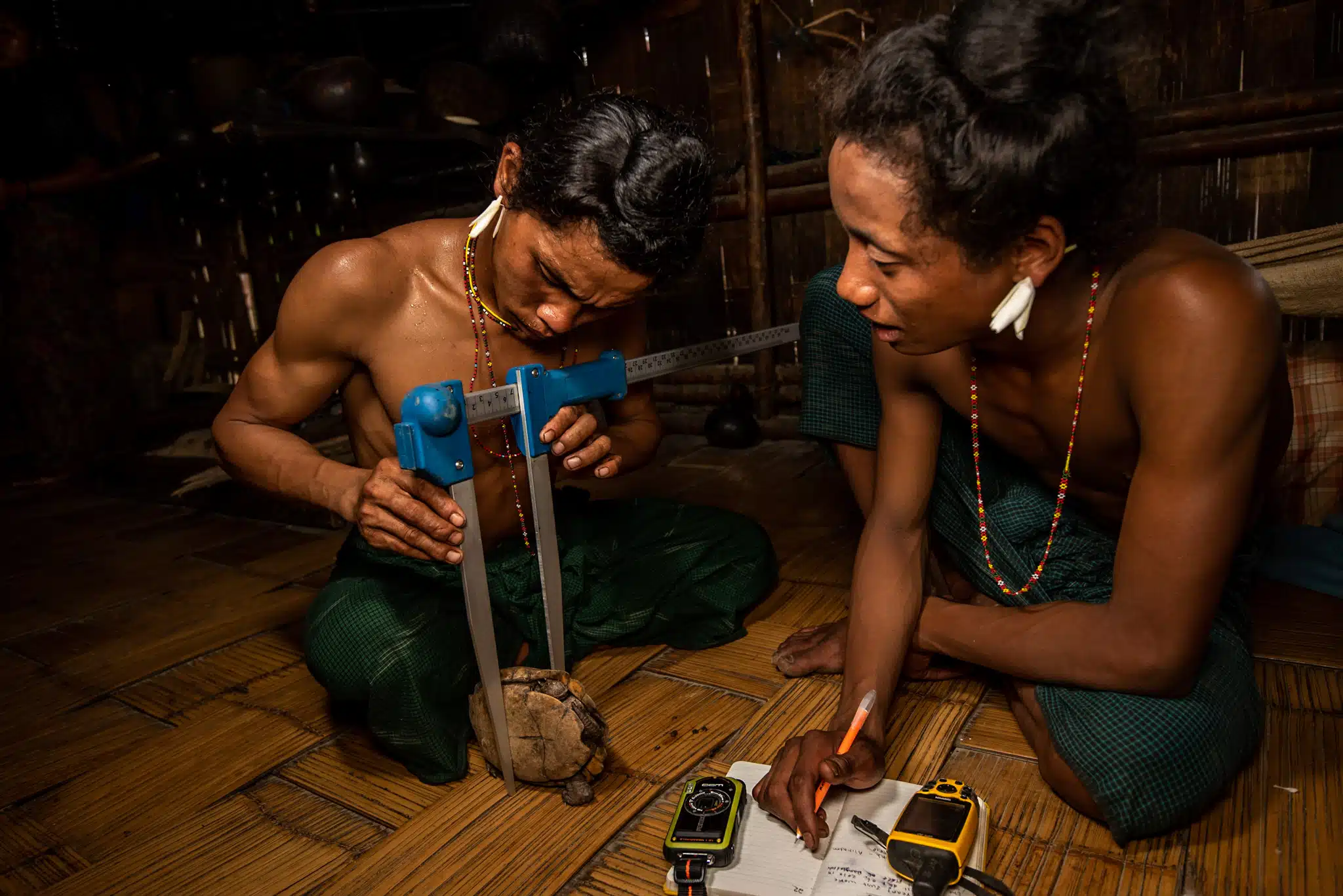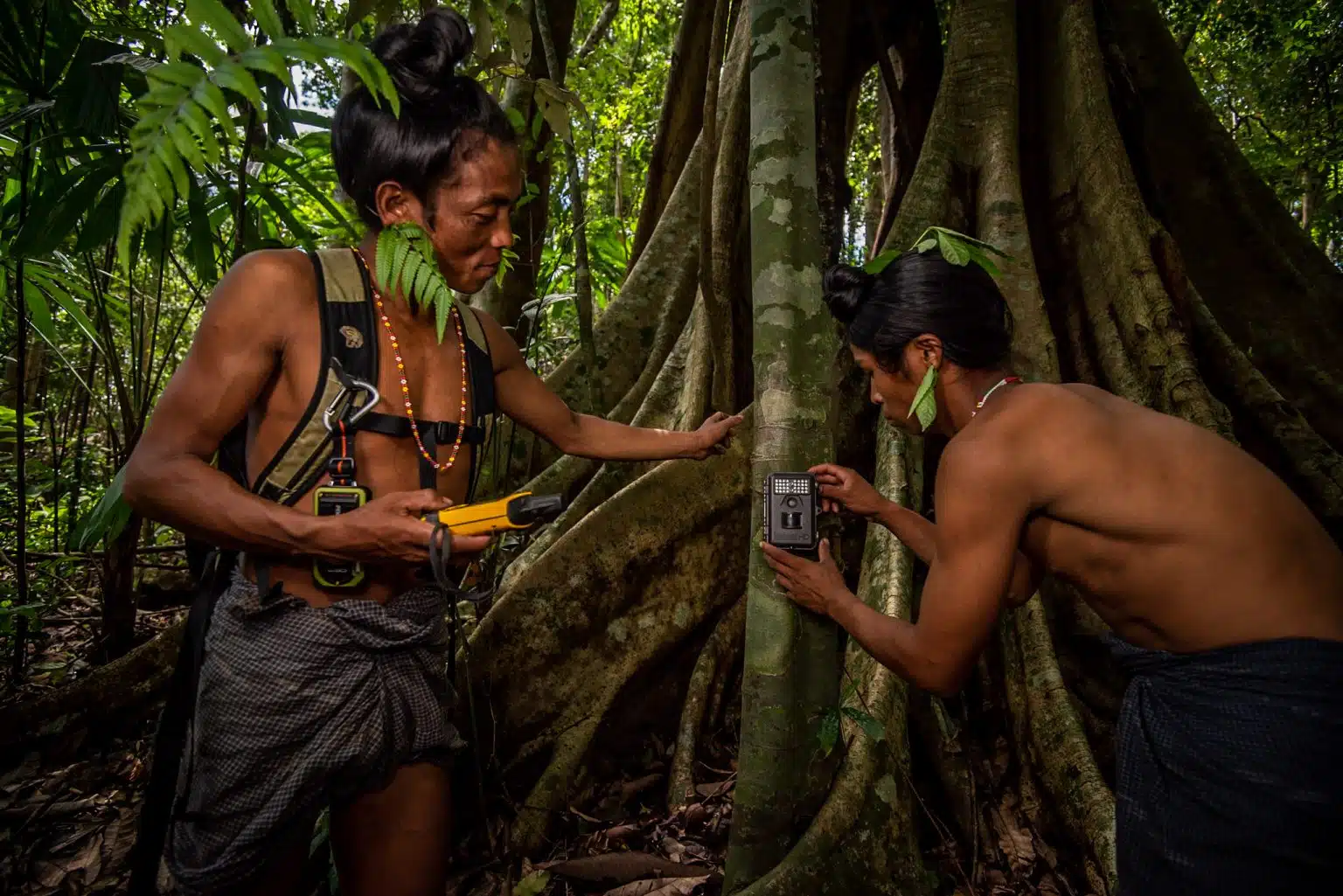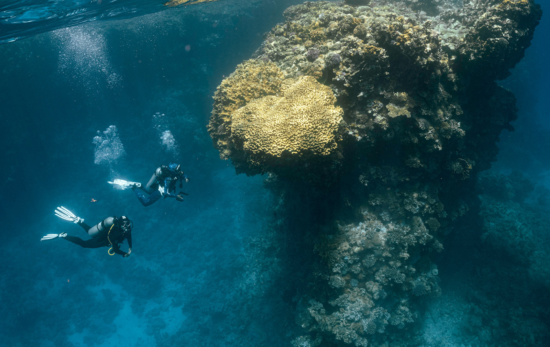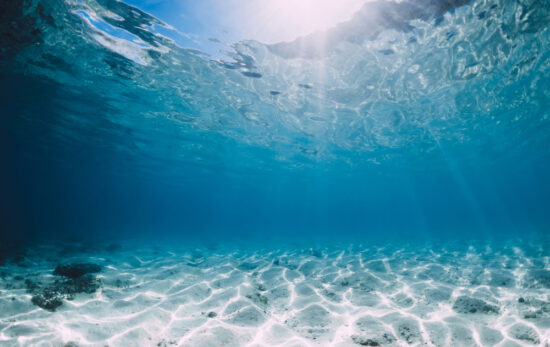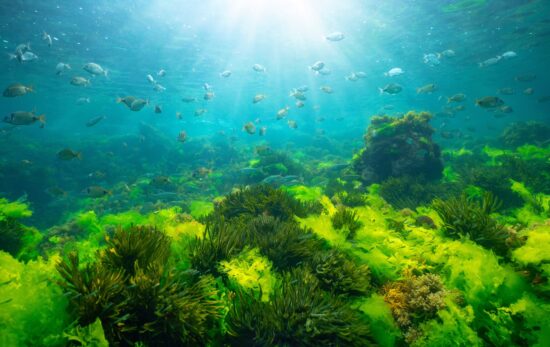While digging through my dive gear one day, I discovered two old GoPro cameras: a GoPro Hero 2 and a Hero 3 — both with underwater housings. After verifying the cameras still worked, I started looking for nonprofits that accept camera donations.
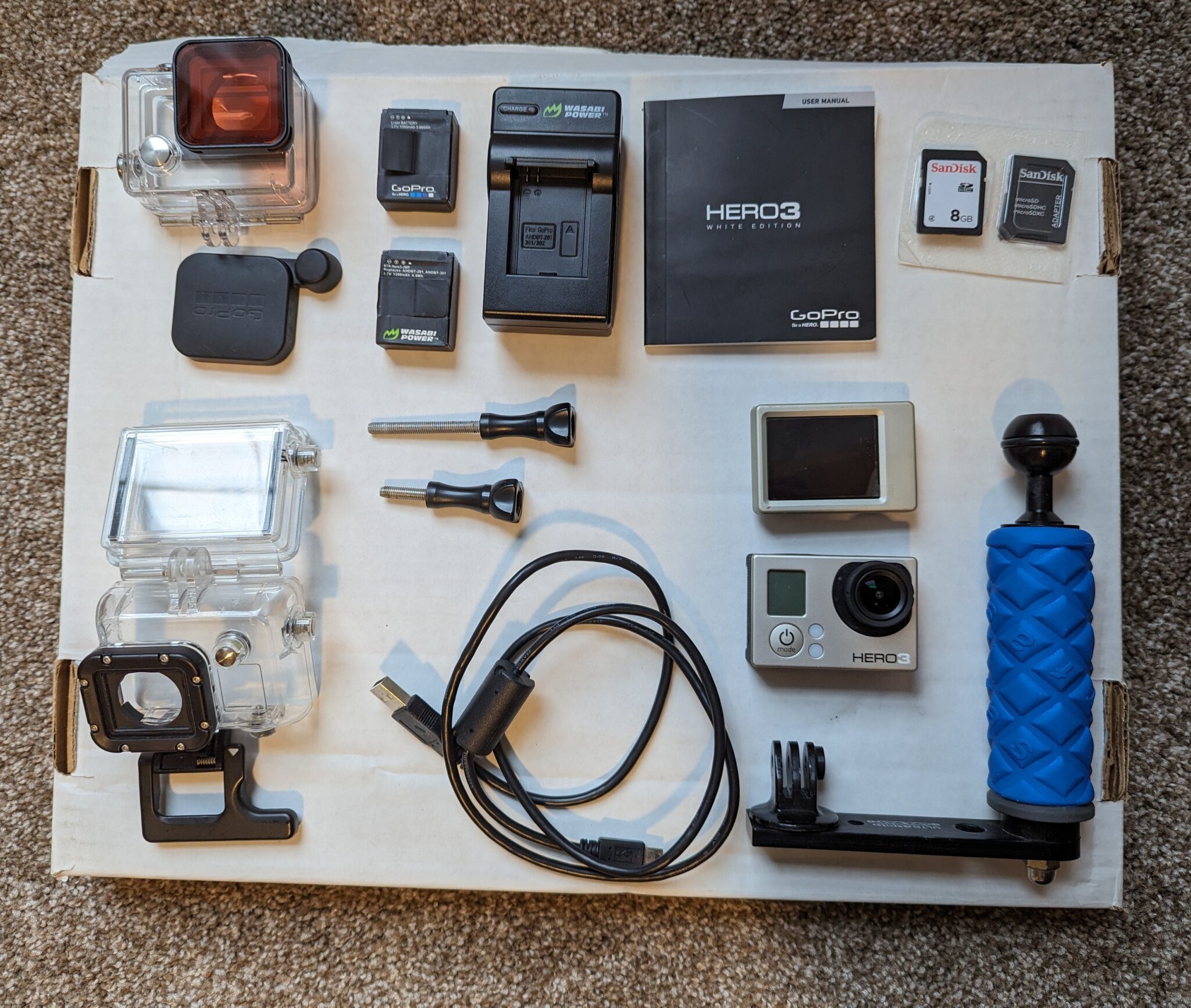
When I found The Biodiversity Group, I knew it was “the one.” The US-based nonprofit funnels digital camera donations to conservation groups in Ecuador, Mexico, Vietnam, Bangladesh, the Democratic Republic of Congo and the United States. The Biodiversity Group also accepts other used (but functional) tech including laptops, tablets, newer smartphones and hard drives. View the complete list of gear they can use.
I asked Scott Trageser, Executive Director & Board Chair of The Biodiversity Group, how the donations get used. “Our camera donations can go to park rangers for documenting wildlife and threats like logging or to conservationists who use the cameras to highlight their work,” Trageser said.
“The cameras are also used in youth education programs. We get local children into nature and empower them to be citizen scientists,” Trageser added.
“Computer and phone donations typically go to conservationists,” said Trageser. “We’ve had several situations where a conservationist has been robbed and can’t carry on their work without a laptop or phone. Computers help small organizations bring on more volunteers because they can create a workstation with the donated computer.”
About The Biodiversity Group
The Biodiversity Group is more than a clearinghouse for camera donations. Their fiscal sponsorship program helps international nonprofits become eligible for grant funding in the United States. This is important because small organizations operating on a shoestring budget may not have the resources to incorporate as a nonprofit in the United States.
About 90% of tech and camera donations go to fiscal sponsorship alliance/partners. The other 10% ends up with other conservation groups, typically organizations The Biodiversity Group has worked with in the past.
“If a donor wants to earmark the donation, they certainly can,” Trageser said. “But generally it’s best to let us route the equipment to where it will be most effective.”
Documenting undetected species is another important initiative for The Biodiversity Group. When a land manager or conservation organization has evidence (photos, videos, sound recordings) of an endangered animal living in a certain area, it’s easier to secure funding and protection for the creatures’ habitat.
The Rio Manduriacu Reserve in Ecuador doubled in size after scientists photographed the presence of many critically endangered species, including some that hadn’t been documented before. Their findings attracted attention from bigger funders, which led to the expansion of the reserve.
The Biodiversity Group also offers photography expeditions and workshops as well as internships. Learn more about The Biodiversity Group and its mission.
Where Did My Personal Donated Camera Equipment Go?
My camera donations went to Centro de Rescate Rehabilitación based in Guaymas, Sonora, México (CRIFFS). Veterinarian Elsa Coria Galindo co-founded CRIFFS in 2007 to rescue, rehabilitate and reintroduce wild animals — while adhering to local regulations. CRRIFS participates in turtle monitoring and rescues sea lions and other marine creatures that become entangled in fishing nets, hit by cars or end up in a dangerous location.
How CRRIFS Uses Camera Donations
“Cameras are often used to document sea life rescues which are generally VERY expensive and high-profile. Occasionally, criticisms are leveraged against nonprofits doing rescues, and the video can help prove they are doing the right thing. The video also is important for donor and social media engagement, which is integral to any successful project nowadays,” Trageser said.
“CRRIFS also uses the cameras during local community outreach. They host snorkeling classes for children and their enthusiasm for sea life trickles up to the parents, who may become supporters or (if they are fishers) may change behaviors. The children also have a higher chance of choosing a nature-based career because of the experience,” Trageser added.
How To Donate a GoPro or Other Gear
The next time you upgrade your gear, consider donating your used GoPro, mobile phone, tablet or laptop instead of letting it sit in a box. The Biodiversity Group can use:
- Laptop computers with 8GB or more RAM
- Tablet computers less than five years old
- Portable hard drives 500GB or larger
- Smartphones less than five years old
- Tripods, batteries, and other camera accessories
- Field audio loggers (i.e., AudioMoth) and quality digital recorders
- Veterinary equipment
- GPS units
- Drones
They also need low-tech and no-tech items such as:
- Flashlights
- Two-way radios
- Backpacks and camera bags
- Camping gear
- Binoculars and spotting scopes
- Tree climbing gear
- Boots, rain jackets, etc.
Visit The Biodiversity Group’s website for the complete list of items they need and where to ship your donations. For questions, use their contact form or send your inquiries via social media. The organization can be found at @biodiversitygroup on TikTok and Instagram or as The Biodiversity Group on Facebook and LinkedIn.

